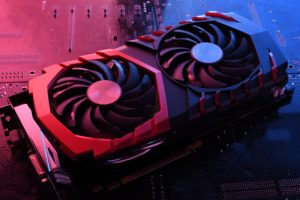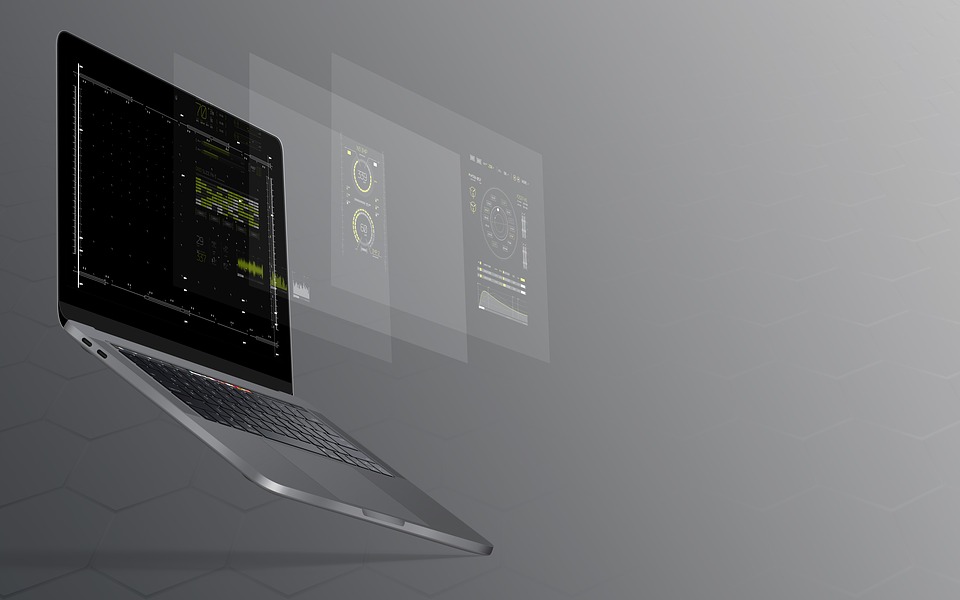
The graphics card operation is a complicated process, but if we simplify it, it looks like this:
First, the CPU sends image-related information to the graphics card in the form of binary data.
The graphics card creates a wire mesh from straight lines to create a 3-D image from this data. The image is then finished by filling in the remaining pixels and adding lighting, color, and texture. Finally, it sends the image to the monitor for display via a cable.
The GPU
A graphics processing unit (GPU) is a graphics card processor that performs graphics rendering through complex mathematical and geometric calculations. In other words, it is the graphics card’s brain.
A GPU generates a lot of heat due to the nature of its task, which is why it is usually housed beneath a heat sink or a fan.
AMD and Nvidia are the market’s two major GPU manufacturers. Each of these two manufacturers employs unique techniques in their GPUs to optimize the application of colors, shading, textures, and patterns, thereby improving overall GPU performance.
For example, to improve image quality, processors employ Full scene anti-aliasing also known as FSAA and anisotropic filtering (AF). FSAA smooths the edges of 3-D objects, whereas AF sharpens images.
VRAM
Because the GPU is constantly creating images, they must be stored somewhere. This is where your graphics card’s memory/VRAM comes into play.
A larger VRAM memory capacity means that higher data can be transferred and copied to and from the VRAM in a second, allowing for more images to be stored.
VRAM serves as a frame buffer in addition to storing each pixel of an image, its color, and its location on the screen. This means that the images are only displayed on the screen when prompted.
When you try to view an image, the VRAM sends that image to the RAMDAC, which is a digital-to-analog converter (DAC). The DAC converts the image into a an analog signal, which is then transmitted to the monitor via a cable and displayed on the screen.
This entire process is much faster in graphics cards with multiple RAMDACs. Furthermore, it can all happen on more than one monitor!
PCI and Other Interfaces
The motherboard connects graphics cards to your computer system. The motherboard not only powers the graphics card, but it also allows it to communicate with the CPU.
However, with the advent of powerful graphics cards in the modern era, the power supplied by the motherboard is simply insufficient.
